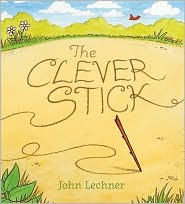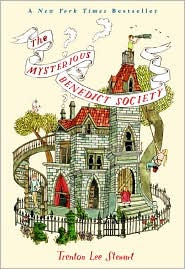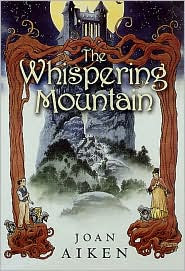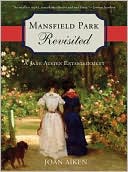On the back of the jacket for the edition of Theodore Taylor's The Cay there is a quote from the review in Booklist that reads, " - eloquently underscores the intrinsic brotherhood of man." Racism and race relations, examined through the prism of children's literature are often very personal and immediate rather than expansive and historical. The Cay is a story in which racism and race relations are about as immediate and personal as you can imagine. Taylor subtly weaves this theme into a story that, on the surface, about survival.
In February 1942, eleven year old American Phillip Enright is living in the city of Willemstad on the island of Curaçao in the Caribbean. His father works for Royal Dutch Shell, on loan from the American company he worked for due to his expertise in refineries and gasoline. His mother longs to return to the home they left behind in Virginia. When the Germans bomb a refinery on the island she sees this as a sign that it is time to flee. Against his father's wishes, they board a Dutch freighter and are torpedoed on April 6, 1942 as they are leaving Panama and Phillip finds awakens from a blow to the head on a raft in the middle of the ocean with a "huge, very old Negro" and the cook's cat, called Stew Cat. Phillip is reserved and polite with Timothy, his West Indian raft-mate, when he regains consciousness but, when it seems that Timothy has a mind of his own and a reason for how and why he does things, Phillip begins to for ideas about him and "his kind." He remembers his mother saying about the black people on the island, "They are not the same as you, Phillip. They are different and they live differently. That's the way it must be."
A few days pass on the raft and Timothy, not wanting to alarm Phillip, deflects his questions about where they might be and how long before they might be rescued. He also keeps Phillip from drinking their whole keg of water and eating the few bits of food they have salvaged from the wreckage of the ship. Phillip's resentment toward Timothy and belief that his different way of doing things is all wrong grows, in spite of Timothy's skill and knowledge. As they approach an island where they might find food and shelter, Phillip's head injury takes a turn for the worse and he loses his ability to see. Now completely dependent on Timothy, Phillip fights his decisions even more than before, suggesting that they stay on the raft until they find a bigger island. Not only must Phillip learn to trust a person his mother has taught him not to trust, he must put his whole life in his hands since Timothy, as well as his protector, is now also his eyes.
Phillip desperately hates being left alone on the island while Timothy hunts for food, prepares their shelter and makes both a trough to catch rain water and a signal fire to alert aircraft. Yet, when Timothy hands Phillip a pile of palm fronds and shows him how to weave a sleeping mat for them, Phillip revolts, throwing down the fronds and unleashing a string of insults at the man. When Timothy slaps him, Phillip, though stunned, begins a shift in his attitude toward the man. Soon, Timothy has given Phillip the confidence and courage to walk the island on his own. Timothy even shows him how to fish, using nails that he has spent hours fashioning into hooks, and tells him that he has made a stash of extra fishing poles. Timothy is preparing Phillip for the possibility of being alone on the island if Timothy dies, and Phillip comes to realize this. However, it is not until after a major event that Phillip realize the extent to which Timothy prepared him and how important Phillip and his survival is to him.
As I said above, while The Cay, which is often taught in schools, provides an important look at racism and perceptions, it is also a very suspenseful story that had me reading the book from straight through. Although he admits to being over seventy years old, Timothy is adept and innovative, yet, their survival on the island never seems guaranteed. They are dependent on the rains for fresh water and they are at the mercy of the weather. Despite the exciting plot, I gave this book the label, "Books Your Kids Should Read But Probably Won't Unless You Read With Them" because I think it is one that most kids will not gravitate to without a nudge from an adult. While the racist and humanist aspects of this book are not as complex or mature as those in Jacqueline Woodson's feathers or Paul Fleischman's Seedfolks, I think that it is important to read this book with your child because there are significant themes and ideas that are worth discussing. Also, the "pidgin Eenglesh" spoken by Timothy makes for a great read out loud!
Theodor Taylor also wrote a "sequel-prequel" to The Cay. Timothy of the Cay follows the story of Phillip once he is rescued and the dangerous operations that he undergoes in an effort to restore his vision as well as his wish to return to the cay where he and Timothy were stranded and see it with his own eyes, thus the sequel. The prequel portion of the story, alternating with Phillip's chapters, tells the story of Timothy's childhood, his adoptive aunt and his desire to captain a boat of his own one day.





























